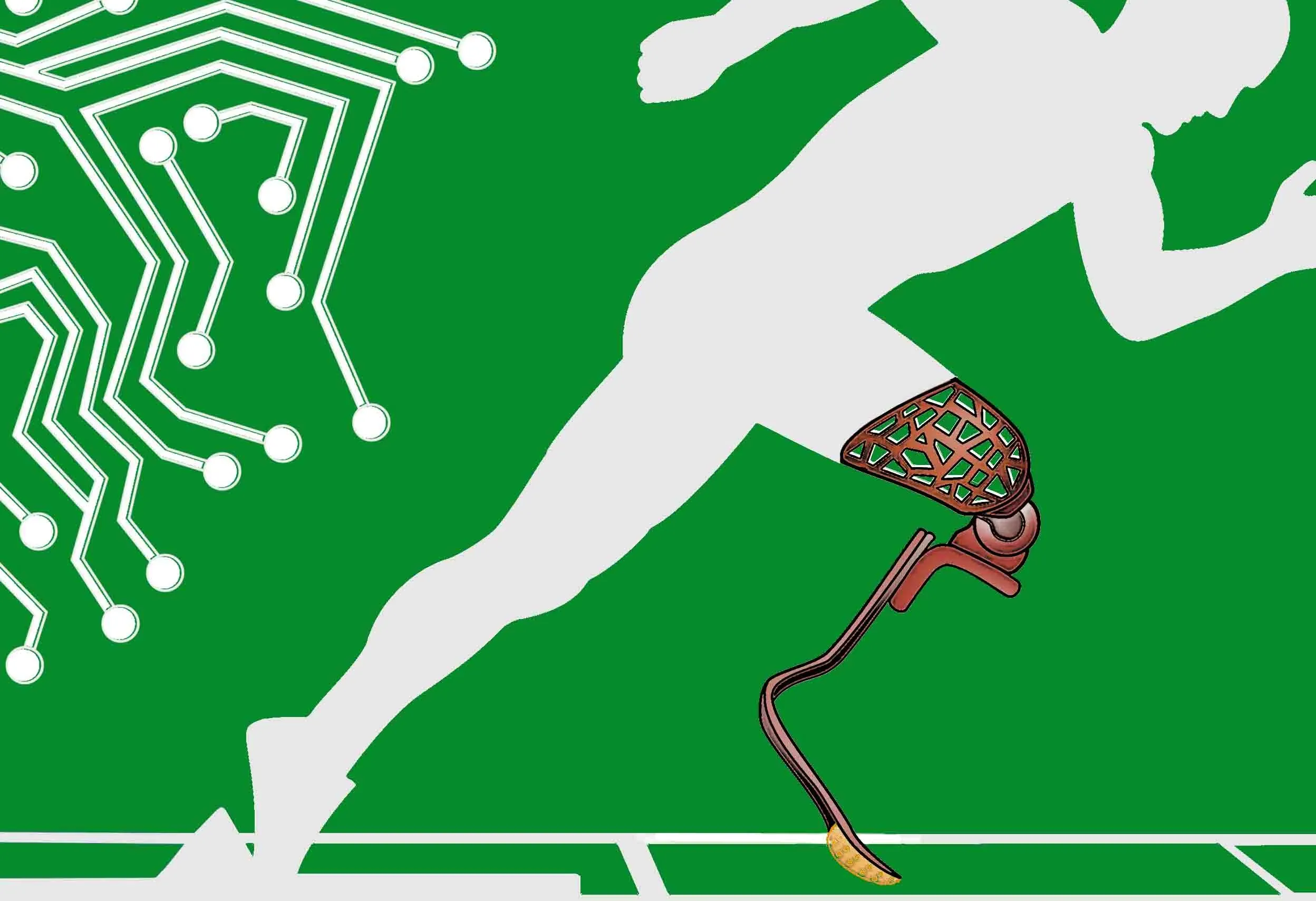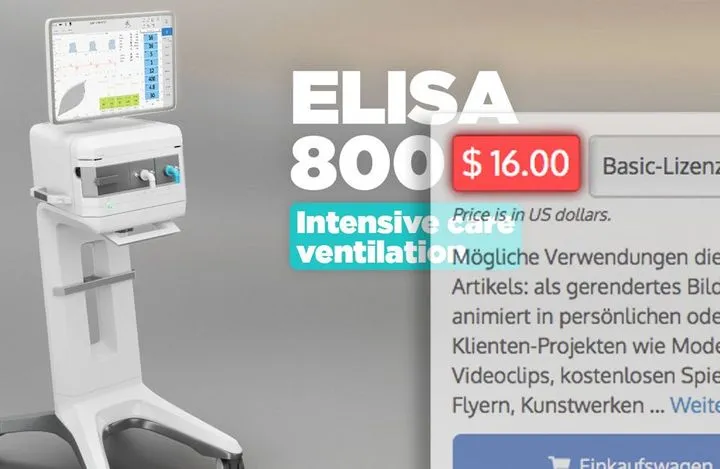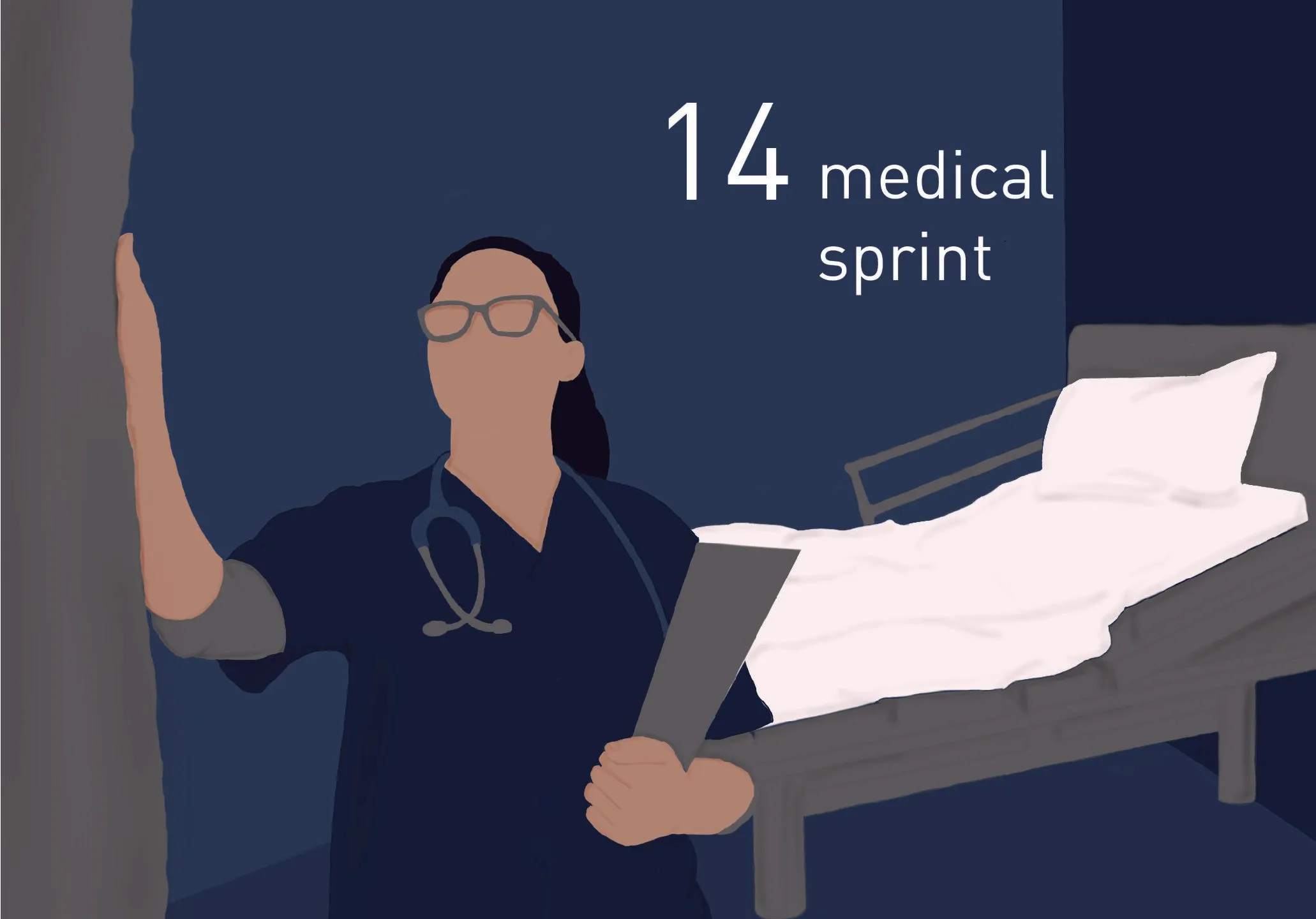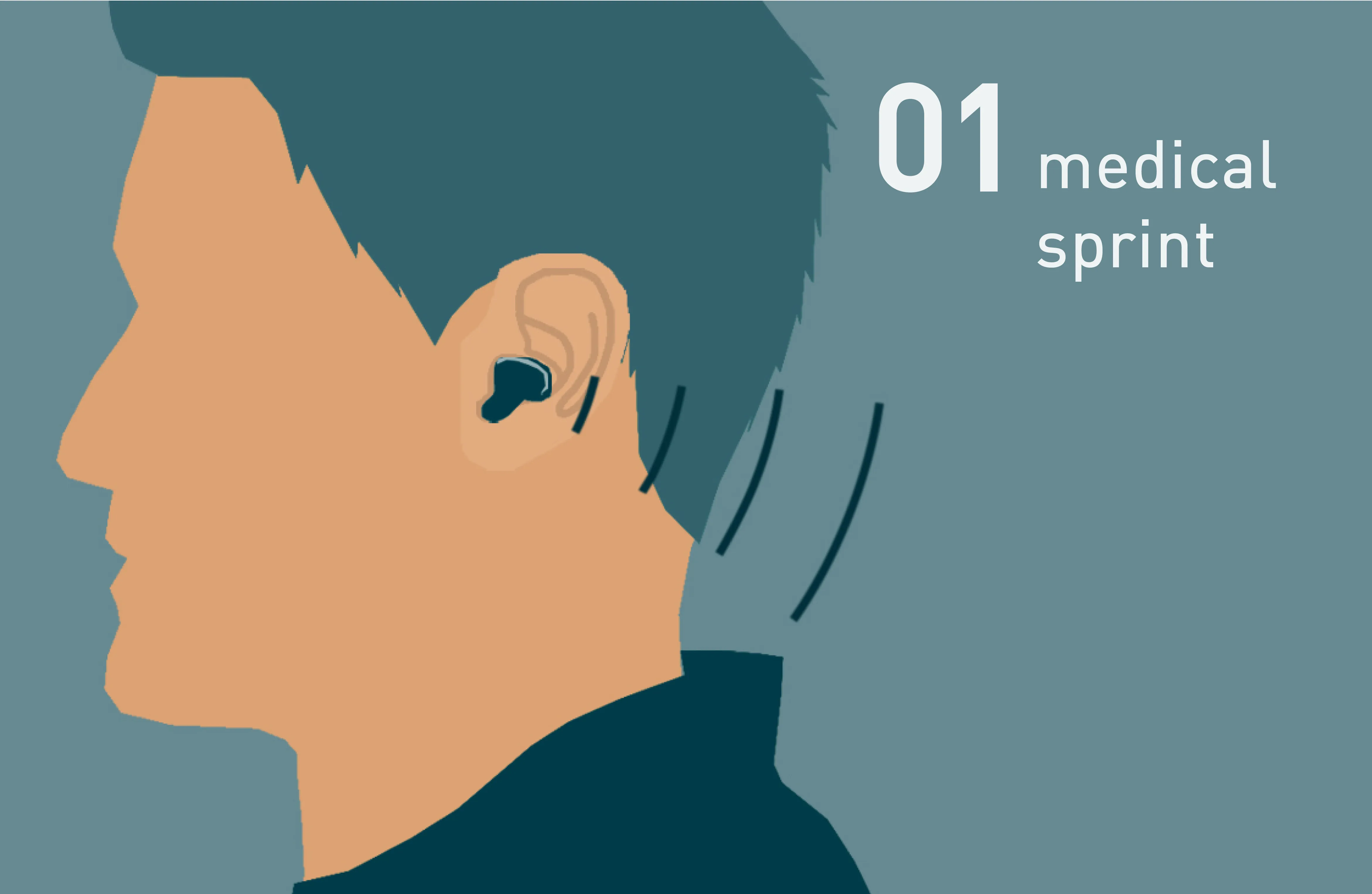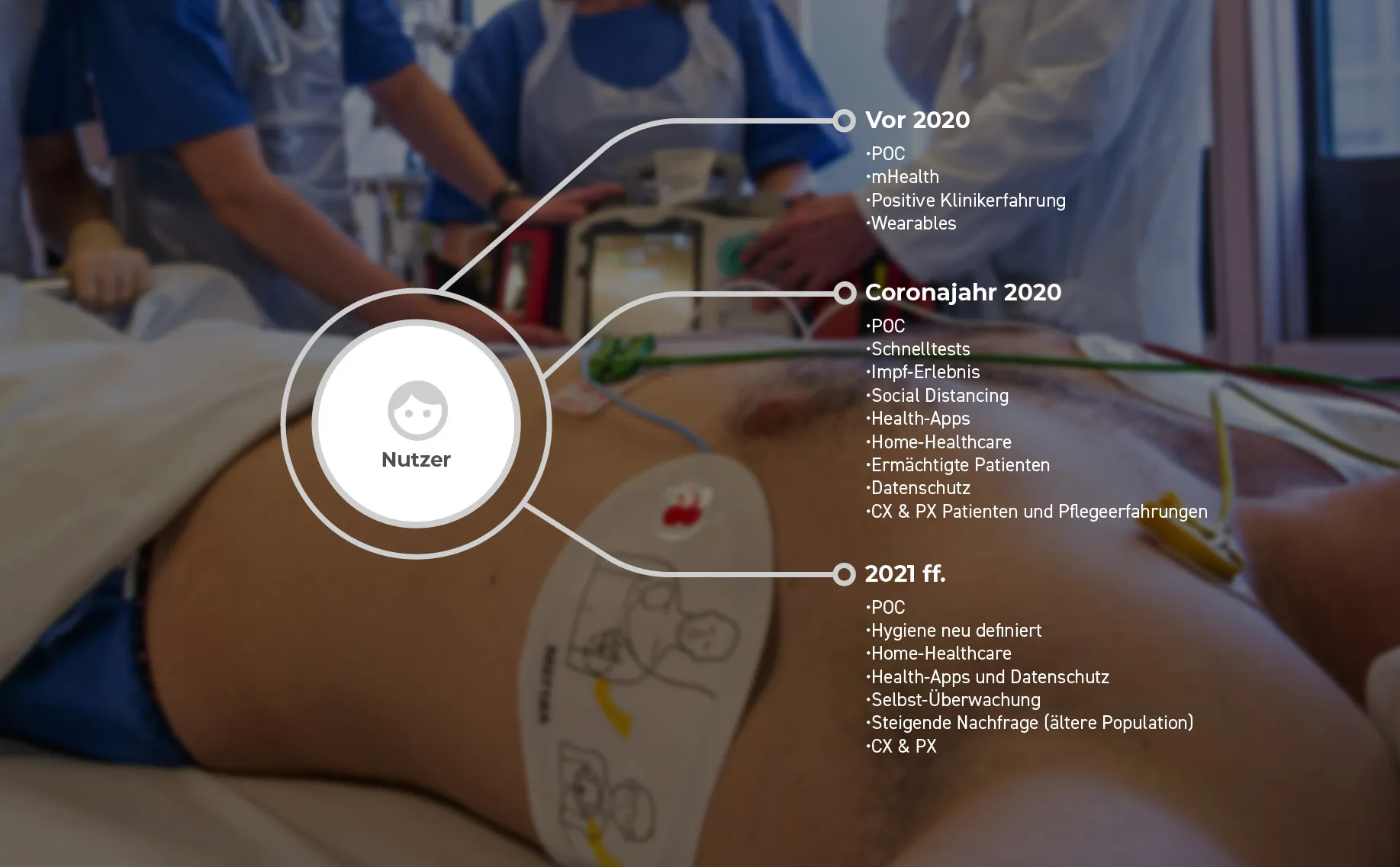Expertise
Technology trends in medical technology - from automation to 3D printing
This year, we published our first Medical Design Trend Review 2016, in which we present the five most influential design trends in medical technology at the moment. This was based on interviews we conducted with experts at the Media/Compamed trade fair last November. We would now like to present these trends to you in more detail in a five-part series of articles. The first trend we will be looking at is New Technology & Additive Design in medical devices, one of the drivers of medical product innovation.
New Technology & Additive Design
On the one hand, new technologies mean that patients can be treated with the best technology that is currently feasible and available. On the other hand, the use of the latest technologies in medical devices also makes work processes easier for doctors and nursing staff, as the operation of the devices can become simpler and more intuitive, thereby increasing efficiency. Four areas have emerged from our research into New Technology & Additive Design:
- Miniaturization: The most important functions of a device are installed in as little space as possible while still being accessible.
- Automation: The devices support the user with automated processes, such as robotics or machine-to-machine communication.
- 3D & 4K visualization: During operations, imaging techniques with the highest possible resolution are used to facilitate minimally invasive procedures.
- 3D printing and additive manufacturing processes: Prototypes and individual components, for example in prosthetics, can be produced faster and with a more precise fit for the individual patient.
There will be an increasing need for automated medical technology in the future, particularly in the care sector, as the physical workload here is particularly high, which leads to frequent absences of care staff. According to the Fraunhofer Institute, fewer and fewer school leavers in Germany are opting for a career in nursing. Special service robots could, for example, carry loads during transportation and assist in supplying patients with food and medication. Incorrect deliveries would be avoided and the risk of infection minimized. Staff would have additional time for patients due to the reduced workload. According to a recent representative Forsa survey conducted in 2016 on behalf of the BMBF, 83% of German citizens could even imagine using a service robot in their own four walls.
Another trending area is additive manufacturing processes such as 3D printing. This offers a wide range of applications and advantages. It is true that 3D printing is not yet at a uniform level in all areas - for example, it is currently difficult to manufacture fragile organs such as the lungs or heart in a functional way. But 3D printing is already supporting medical staff in various ways. In complicated tumor interventions, for example, a lifelike model of the brain can be developed in advance together with the tumor infestation, which doctors can use to rehearse the operation and identify risks or difficulties in advance. In addition, precisely fitting bone replacements can be produced based on a 3D scan. This means that prostheses no longer have to be ordered from a catalog and laboriously fitted.
The contribution of WILDDESIGN
But a new technology can also set new standards in the field of hygiene. We supported the start-up company General Sensing in the design development of a hand hygiene system. The system ensures compliance with the applicable hygiene measures, i.e. that the agreed hand hygiene measures are adhered to by staff during their daily routines, thus preventing infections and the resulting illnesses or even deaths.
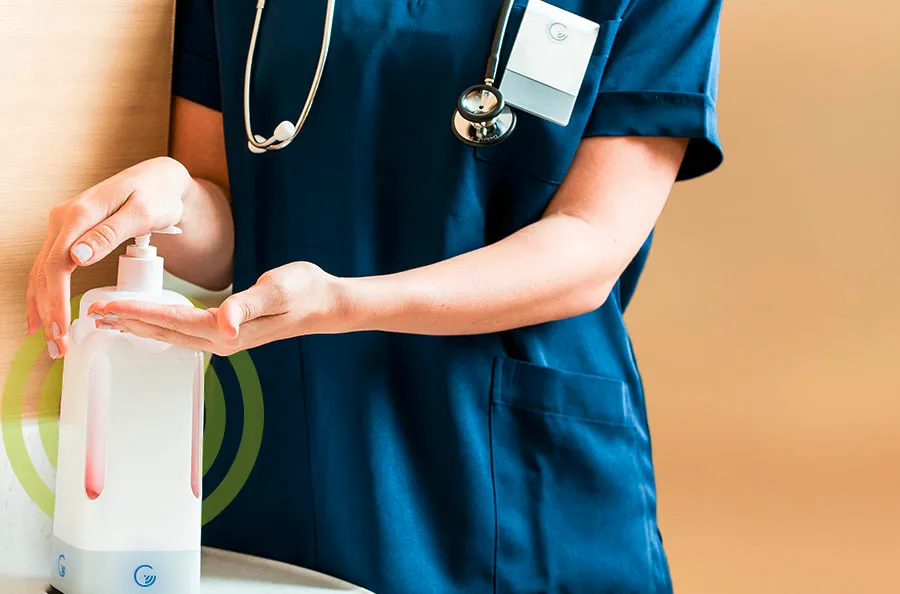
A plastic card similar to a badge is worn during the entire shift. It records when and how often the carer washes and disinfects their hands, reminds them of hand hygiene and shows them where their hands can be disinfected in a hospital room, for example. The data is automatically collected and uploaded and can also be accessed by the nursing staff themselves on the Internet at any time.
Another of our automation projects is the Xotocam 1.1, an easy-to-disinfect camera with 4K photography that can be used for mobile photo and wound documentation in clinical practice. Two LED rings ensure optimum illumination of the wound. In addition, the wound can be measured, annotated and archived by laser and without touching it, so that only one device is required for several work processes.

All data is automatically transmitted to the patient file in encrypted form, which means that no time is lost and allocation errors are avoided. The camera thus enables precise and complete documentation of the diagnosis, wound treatment and healing progress.
New Technology & Additive Design in the future
Automation and 3D printing will be particularly relevant technology trends of the future. Automation in particular can be optimized in the future to such an extent that in some cases only a single push of a button will be required to operate the devices, significantly reducing the workload on staff.
3D printing is already showing its potential in prosthetics, orthotics and orthopaedic operations. Discomfort can be alleviated in this way and in the future there will be many other applications in which parts produced additively from 3D data can act as spare parts in the human body. In particular, the time factor in development and production and the ability to produce quantities of one at low cost play a role here: the fact that parts of bone or cartilage can be reproduced quickly, for example, significantly reduces the treatment time and thus the time spent suffering.
We are currently in the research phase for the new Trend Report 2017 and are always open to suggestions. What trends have you observed? Share them with us in the comments or send us an e-mail.
You can find a wealth of other trend examples on our Pinterest board New Technology & Additive Design
Frequently asked questions

